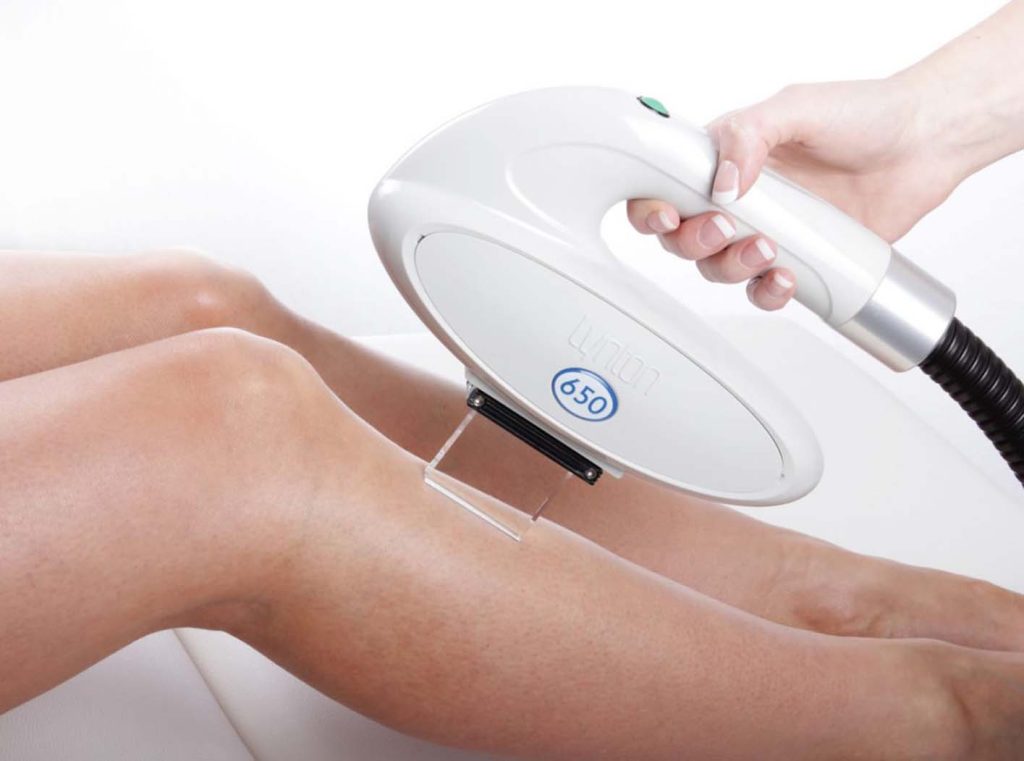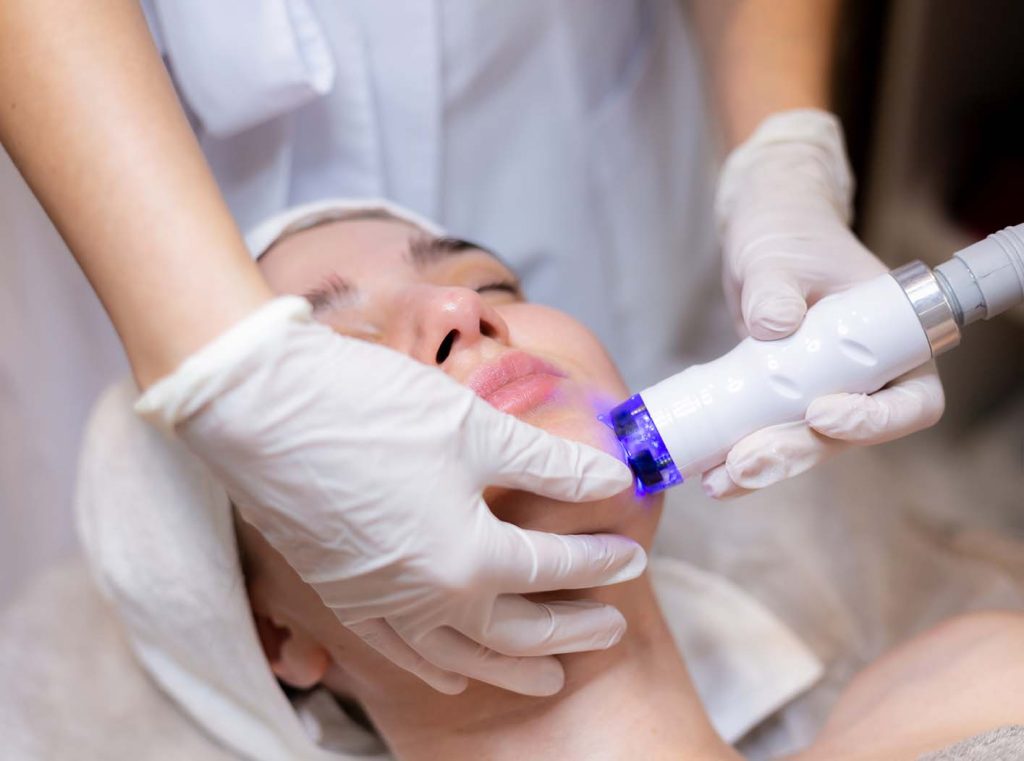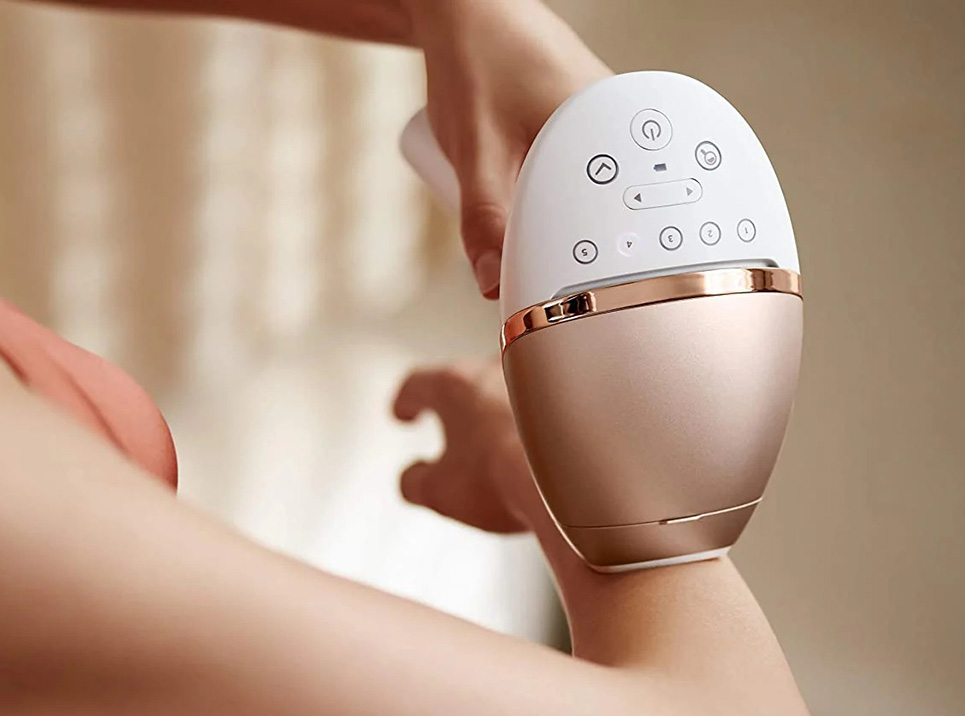
In the cold winter months, heavy clothing temporarily hides the skin beneath sleeves, but this does not mean hair removal care can be neglected. Especially as smooth skin becomes an important aspect of feminine beauty expression, various hair removal tools are rapidly gaining popularity on social media and in the beauty industry. Compared to traditional razors and disposable waxing strips, modern hair removal devices focus not only on efficiency and comfort but also on skin repair and prevention of follicular keratosis (commonly known as keratosis pilaris or “chicken skin”).
This winter, high-performance, visually appealing, and technologically advanced hair removal tools are emerging rapidly. They are not only capable of handling everyday hair removal for arms, legs, and underarms, but also demonstrate promising effects in soothing the skin, improving pore size, and alleviating keratosis pilaris. The following is a comprehensive analysis of several highly praised popular hair removal devices from perspectives such as technology principles, user experience, and suitable user groups, aiming to provide rational guidance for enhancing skin texture and hair removal experience.
Understanding the Relationship Between Keratosis Pilaris and Hair Removal
Keratosis pilaris is a skin condition characterized by small, rough bumps caused by abnormal keratinization around hair follicles, commonly appearing on the arms, legs, and back. The skin feels rough and uneven, negatively impacting skin appearance. This condition tends to worsen during winter due to dry and cold environments increasing keratin buildup, and frequent friction from clothing accelerating follicle blockage.
Incorrect hair removal methods also significantly aggravate keratosis pilaris. Using rough razors, frequent dry shaving, or neglecting post-care hydration can damage the skin barrier and even cause ingrown hairs. Therefore, selecting a hair removal tool that balances effective hair removal with gentle skin care is fundamental to improving keratosis pilaris.
Popular Hair Removal Tool Technologies Explained
Hair removal tools on the market generally fall into three categories: physical shaving, electric epilators, and optical hair removal devices. Each suits different users and emphasizes different effects.
- Physical shaving tools: These include traditional razors and depilatory creams. They are convenient and inexpensive but tend to cause more skin irritation, require frequent use, and cannot improve hair root issues.
- Electric epilators: These devices mechanically pull hair out from the root using small rotating tweezers. The results last from several days up to a week. Some high-end models also come with cooling and massage attachments to reduce pain and prevent folliculitis.
- Optical hair removal devices (IPL/laser): The most popular at-home devices recently. They use intense pulsed light to target hair follicles, disrupting their growth cycle and effectively delaying regrowth. Though the treatment course is longer, results are stable and particularly effective at improving pore size and keratosis pilaris.
Winter is an ideal season for optical hair removal due to reduced UV exposure, which facilitates skin recovery and repair. For sensitive skin or dense hair users, gentler and longer-lasting hair removal tools are the preferred choice.
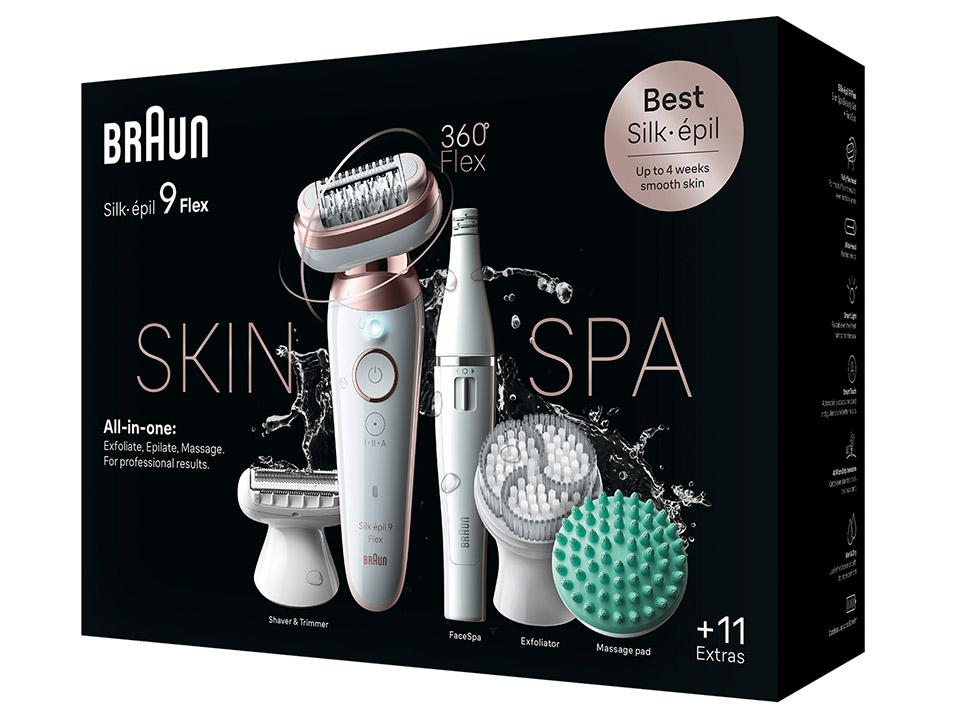
Top-Rated Hair Removal Tools and Performance Comparison
Philips Lumea Prestige BRI956/00
As a leader among optical hair removal devices, Philips Lumea Prestige is highly praised for its multi-curved attachment heads and five-level intensity settings. It includes specialized heads for face, underarms, and bikini line to meet different area needs. Utilizing IPL technology, it gently irradiates hair follicles to reduce hair growth without irritating the stratum corneum.
In trials, consistent use over four weeks noticeably slowed hair regrowth, and keratosis pilaris areas showed reduced pore size. The intelligent skin tone sensor automatically adjusts intensity based on skin color, minimizing discomfort. Users report minimal heat or pain sensations, ensuring high safety.
Braun Silk-épil 9 Flex 9100
Among electric epilators, Braun Silk-épil 9 Flex stands out with its innovative fully flexible rotating head, improving contact with skin curves and hair removal efficiency compared to traditional straight epilators.
Testing showed this model includes multiple massage and cooling attachments, significantly reducing pain during epilation. Its integrated light helps detect missed hairs, making it ideal for sensitive areas like underarms and bikini lines. Post-use, pairing with gentle moisturizing lotion is recommended to prevent redness and worsening keratosis pilaris.
Ulike Air3 IPL Hair Removal Device
Ulike’s Air3 model is popular in the European market for home IPL hair removal. It features ice-cooling technology that lowers surface temperature during light pulses, suitable for pain-sensitive and sensitive skin users.
Tests indicate the device covers a moderate area per flash and operates quickly. The light cartridge lasts up to 600,000 flashes, suitable for whole-body use. Many users report noticeably slower hair regrowth and improved pore clarity and softness in keratosis-affected regions after six weeks. This model offers excellent value as an entry-level IPL device.
Panasonic ES-EL9A
Panasonic’s multifunction electric epilator emphasizes comprehensive female care with various attachments including epilating heads, trimming combs, shaving heads, and foot care tools, designed for full-body use from legs to face.
After three weeks of use, skin on legs showed smoother texture in keratosis-prone areas with reduced epilation frequency. Its epilating head contains 60 tweezers for efficient hair removal but may cause stronger irritation, better suited for users with higher tolerance. The device also includes a soothing brush head and foam support system recommended for use in the shower to minimize skin pulling.
Scientific Use and Post-Care Tips for Keratosis Relief
Choosing the right hair removal device is just the first step; subsequent skin care is equally crucial. Key points for combined hair removal and skin repair include:
- Prefer night-time hair removal: Skin is in repair mode at night, avoiding UV exposure and friction which aids follicle recovery.
- Don’t skip cooling and moisturizing after hair removal: Use cooling sprays, aloe vera gel, or ceramide-containing soothing creams promptly to reduce inflammation and pigmentation risks.
- Gentle exfoliation weekly: Use fine body scrubs once a week to massage the skin, clear follicles, reduce ingrown hairs and keratin buildup, significantly easing keratosis pilaris.
- Commit to a long-term hair removal schedule: Especially for IPL devices, optimal results usually require 8-12 weeks of continuous use. Stopping midway may lead to hair regrowth, so maintaining a regular routine is essential.
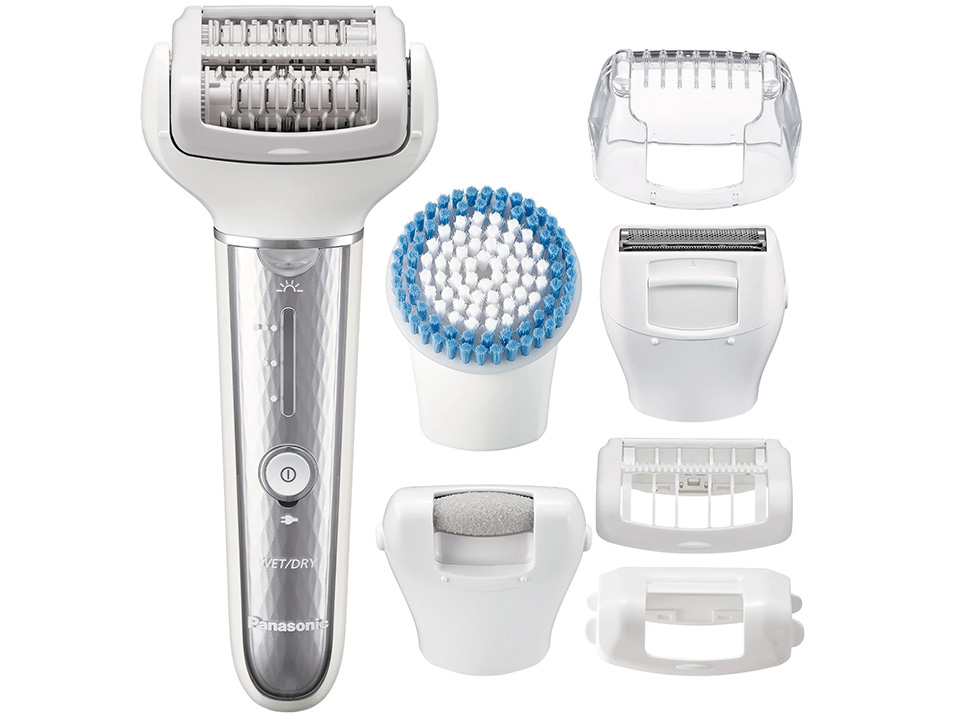
Who Should Avoid Optical Hair Removal Devices
Despite their benefits, IPL hair removal devices are not suitable for:
- Those undergoing hormone or antibiotic treatments
- Users with skin diseases, sunburns, or open wounds
- People with very dark skin tones or white hair (IPL targets melanin, so it is less effective)
- Pregnant or breastfeeding women
These groups are better off using electric epilators and complementing with gentle skincare products.
Frequently Asked Questions
Q: Is redness after hair removal normal?
A: Mild redness is a normal response, especially after epilation or light treatment causing follicle dilation. Applying ice packs or soothing skincare usually resolves it within 24 hours.
Q: Is IPL hair removal safe? Will it damage skin?
A: Home IPL devices control pulse energy and feature skin tone sensors, generally avoiding skin damage. The key is to choose reputable brands and strictly follow instructions, avoiding repeated flashes on the same spot.
Q: How often should hair removal be done?
A: For IPL, use 1-2 times weekly during the first 4-6 weeks, then once every 2-4 weeks based on hair regrowth. For electric and shaving methods, adjust frequency according to personal hair growth cycles.
The Era of Tech-Driven Skincare: Hair Removal as Gentle Care
With increasing skincare awareness and widespread tech beauty tools, hair removal is no longer a one-time “cleaning” task but a refined process that balances aesthetics, comfort, and skin health. Selecting the right device and following scientific care routines can gradually eliminate the roughness and trouble of keratosis pilaris, replacing it with soft, glowing skin.
